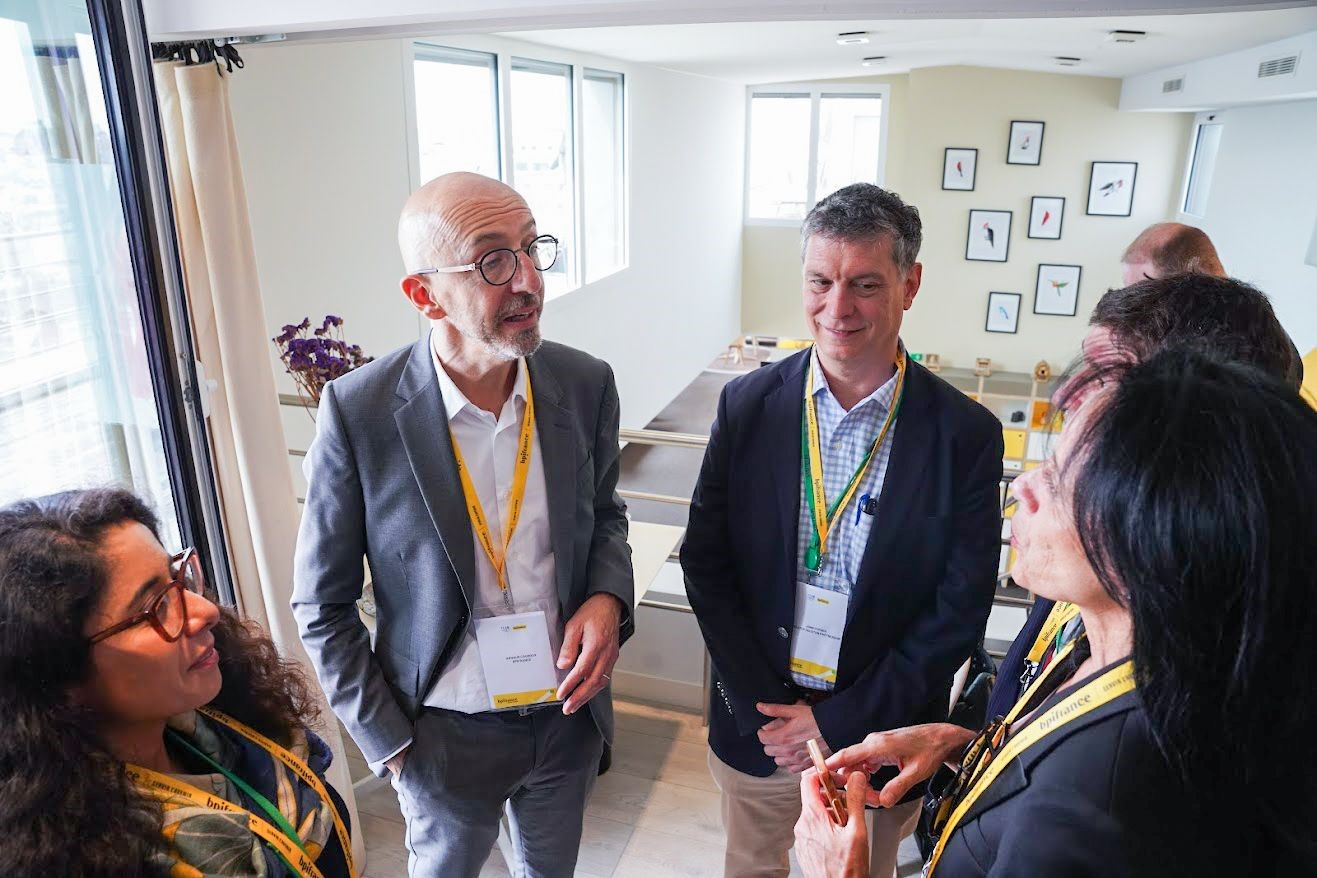Carlos Gutierrez Discusses USMCA, Coronavirus, China and More in Global Houston Conversation
Published May 29, 2020 by A.J. Mistretta
Former U.S. Secretary of Commerce Carlos Gutierrez has spent decades working in global trade and international business. He was the youngest CEO in the history of the Kellogg Company when he took that post in 1999. Under President George W. Bush, Gutierrez served as Secretary of Commerce from 2005 to 2009 where he worked with foreign government and business leaders to advance economic relationships, enhance trade, and promote U.S. exports. He is currently Chair of Albright Stonebridge Group, a global business strategy group based in Washington D.C.
With the coronavirus pandemic wreaking havoc on trade, supply chains and business around the world, Gutierrez offered his perspective on the current situation and what the future holds for the U.S. in a conversation with Partnership President and CEO Bob Harvey for our State of Houston’s Global Economy virtual event. Below are a few highlights from Gutierrez’s remarks and watch the full conversation via the video. Click here for Partnership Senior Vice President of Research Patrick Jankowski’s presentation in the virtual event.
A Soft Global Economy
Gutierrez said the world economy was strong before the pandemic struck, though growth was beginning to slow. The U.S. was a bright spot within the broader global picture. He anticipates the global economy will be soft for the foreseeable future with no sharp, dramatic rebound. “Even though businesses have reopened that doesn’t mean consumers are ready to go back to those businesses,” Gutierrez said. “The economy is reopening but it will be gradual and incremental. It will take a while to get all of those [currently unemployed] back in the workforce and get businesses growing again at the capacity they were.”
Ahead: Tackling a Major Deficit
It could be late 2021 before we see strong U.S. economic growth again, Gutierrez said, warning that at that point we will have to deal with our fiscal deficit which, when calculated as a percentage of GDP, could be the highest we’ve seen since World War II. “Tackling the deficit will be the main economic challenge coming out of this,” he said.
The Rise of Anti-Trade Sentiment
Though often positioned as good for the economy overall, Gutierrez acknowledged that public sentiment has shifted against global trade in parts of the country in recent years. Some of that shift is due in part to the repercussions from trade agreements like NAFTA (North American Free Trade Agreement) and CAFTA (Central American Free Trade Agreement). Job losses in manufacturing and other sectors have damaged regions of the U.S. and led to anti-trade attitudes that were amplified during the 2016 election and in the years since by the Trump Administration. Gutierrez said the coronavirus pandemic is likely to add fuel to the ideas of self-sufficiency and self-reliance among nations worldwide. “It is turning into a global trend and we will see that continue.”
The Evolving Relationship with China
Anti-China sentiment has been building for years in the U.S.—the result of everything from an ever-increasing trade deficit to intellectual property concerns. It had been U.S. policy to keep China engaged rather than isolated, despite the tremendous growth in imports and other issues. An anti-China attitude was fostered by then-candidate Trump during the 2016 campaign and has continued during his administration. Gutierrez said the U.S. has been decoupling from China in recent years, from a drop in student exchanges to a massive decline in Chinese foreign direct investment in the U.S. The question now is whether U.S. allies will do the same or use that action to gain market share or favor with China.
Staying Competitive
Gutierrez points out that the United States’ macro-economic model when it comes to trade relies on lower priced inputs and higher valued outputs. That is what has made us so competitive in trade. Now, he said, “we’re going to have to remain competitive in an environment where manufacturing will return [to our shores], which means we may see prices go up. That’s something we’re going to have to manage as we rely more on ourselves. It will require a different way of achieving competitiveness.” Gutierrez said the nation’s best opportunity to remain competitive will be through technology and productivity.
A Rough Start for USMCA
When it comes to the U.S.-Mexico-Canada Agreement that has replaced NAFTA, Gutierrez said he’s optimistic, though there are still kinks to work out. He points to sectors such as the automobile industry where the U.S. sees certain jobs as essential and Mexico does not. That lack of synchronization can lead to cross-border supply chain issues. Gutierrez said USMCA is particularly fragile right now because of the pandemic and the supply chain and trade issues it’s causing. “We’re not yet seeing the benefits that we will see with USMCA.”
Preparing Workers for a Changing Economy
Gutierrez said the pandemic has accelerated the use of technology in an unprecedented way. “We’ve known for a long time that the digital economy will change how we work and it’s not a new trend,” he said. “This crisis has made it a step-change. We have now seen the arrival of that new digital economy at scale and that will hurt employment, it will put some workers out of a job. We need to be thinking about retraining employees and taking this a lot more seriously.” That commitment to retraining and reskilling could take the form of industry-led initiatives like the Partnership’s own UpSkill Houston effort or perhaps broader efforts at the national level. But Gutierrez said what’s clear is that the future will be less about a diploma from a specific university and more about skills. “It’s going to be training workers for skills from the shop floor to the c-suite.”
For more on the conversation between Harvey and Gutierrez, including comparisons between the Great Recession (2007-2009), which Gutierrez helped manage through, and the current situation, watch the full video above. Click here for Patrick Jankowski's economic report.
 The Houston Report
The Houston Report


















